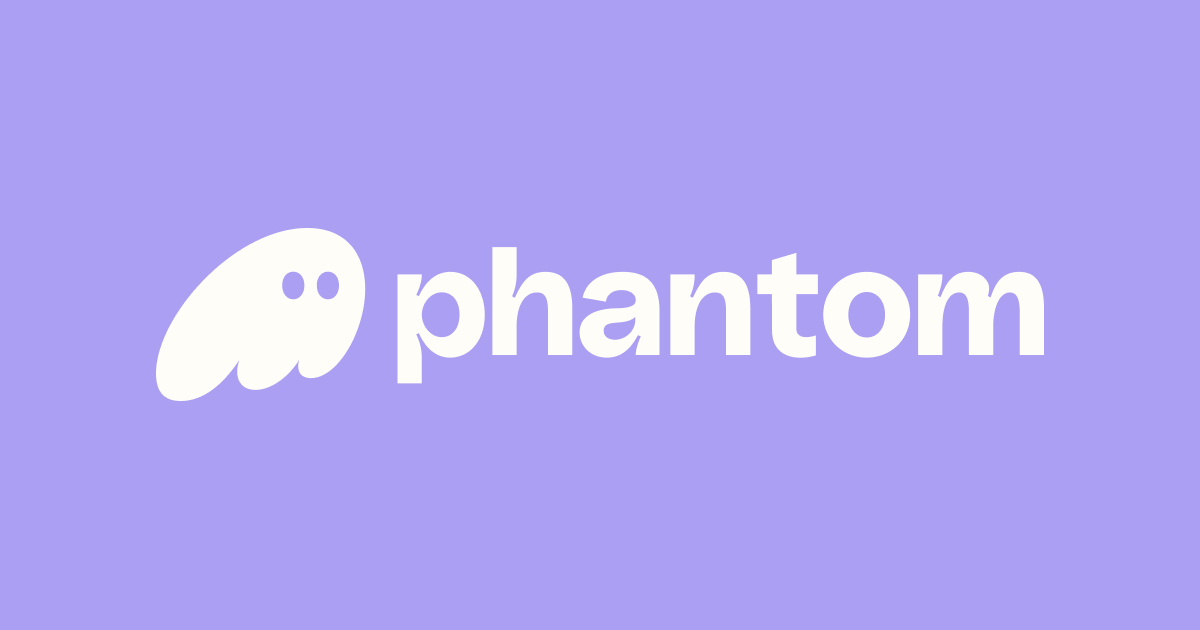So I was messing around with some crypto wallets the other day, trying to get a grip on the whole Solana Pay thing. Wow! It’s not just a fancy buzzword tossed around by Solana fans. What really caught my eye was how seamlessly these mobile wallets integrate with decentralized apps—dApps, for short—making DeFi and NFT experiences way more accessible.
Honestly, my first thought was: “Okay, great, another wallet…” But then I dug deeper. Something felt off about the usual suspects. They often felt clunky or just plain confusing. Then I stumbled on phantom, and man, it’s like the missing puzzle piece for Solana users trying to pay, trade, and interact with dApps on the go.
Here’s the thing. Mobile wallets used to be a pain—limited features, poor UX, and barely any support for the exploding DeFi and NFT ecosystems. Seriously? In 2024, we’re still dealing with that? But with Solana Pay, and wallets like phantom, the game’s shifting. I’m not just talking about sending or receiving SOL tokens anymore; it’s about real-time, frictionless payments integrated right into the apps you already use.
On one hand, this sounds like hype, but actually, the technical strides behind Solana Pay are pretty impressive. They leverage Solana’s lightning-fast blockchain to offer instant settlement and near-zero fees. So, merchants and users get a smooth experience without the typical crypto headaches—no long confirmation waits or absurd gas fees.
Check this out—

Now, talking about phantom, this wallet nails the mobile dApp integration. It’s like your crypto Swiss Army knife, letting you jump from managing your tokens to buying NFTs, all within a couple taps. Plus, the UI is clean without being dumbed down. I’m biased, but in the crowded wallet space, phantom really feels designed for real users, not just devs.
Okay, so check this out—what makes Solana Pay and wallets like phantom so compelling is their ability to bridge the gap between traditional commerce and crypto-native experiences. Imagine walking into a coffee shop and paying with Solana Pay through your mobile wallet—no cards, no apps to download separately, just tap and done.
Initially, I thought mobile wallets were just scaled-down desktop versions, but the more I used phantom, the more I realized it’s a distinct experience tailored for the mobile-first world. It supports QR code payments, wallet-to-wallet transfers, and even integrates with popular DeFi protocols seamlessly.
Hmm… though actually, no solution is perfect. For instance, privacy concerns pop up with mobile wallets since they’re always connected to your phone, increasing attack surfaces. But phantom’s security model, which includes biometric locks and hardware wallet support, eases some of those worries.
Another point that bugs me is app fragmentation. Sometimes, you have to jump between multiple apps to complete a single transaction. But with phantom’s dApp browser baked into the wallet, you can stay in one place and still access a whole universe of Solana-based services. It’s like having a mini app store inside your wallet, but without the confusing downloads or permissions.
Speaking of dApps, the ecosystem on Solana is booming. From DeFi platforms offering yield farming to NFT marketplaces where you can snag rare digital art, the integration with wallets like phantom means you’re not just holding tokens—you’re actively engaging with the blockchain economy in real time.
Actually, wait—let me rephrase that: It’s not just about holding assets anymore. It’s about usability. That’s the key. Wallets that don’t let you interact smoothly with dApps are missing the point. Phantom’s approach to this is smart because it lowers the barrier for folks who aren’t hardcore crypto geeks but want to dip their toes in without losing their shirt.
Now, one of the surprises I didn’t expect was how Solana Pay can drive merchant adoption. Most businesses hesitate to accept crypto because of volatility and complexity. But Solana Pay’s instant settlement and mobile wallet integration take a big chunk out of those issues, making it more palatable for everyday use.
Imagine your local diner accepting Solana Pay payments—no middlemen, fewer fees, and you get your coffee faster. It’s a win-win, though I’m not 100% sure how quickly this will roll out beyond tech-savvy urban centers. Adoption curves can be weird, you know?
What’s also cool about phantom is their active focus on mobile UX. I’m talking about intuitive key management, smooth onboarding, and built-in support for staking. You don’t have to be a blockchain nerd to figure it out, which is a huge deal. Still, I wish the wallet had even more educational nudges for newcomers—baby steps, right?
Here’s a quick tangent: (oh, and by the way…) I noticed some users complain about phantom’s occasional sync delays with certain dApps, which can be frustrating. But honestly, that’s less about the wallet and more about the sometimes flaky dApp infrastructure in Solana’s fast-moving ecosystem.
In any case, the synergy between Solana Pay and mobile wallets like phantom is pushing crypto usability forward. It’s not just about holding digital assets anymore; it’s about real-world utility, and that’s where the magic happens.
Before I forget, if you’re serious about diving into Solana’s ecosystem, trying out phantom might be your best bet. The wallet’s balance between security, ease of use, and dApp integration is pretty tough to beat right now.
Still, here’s my gut feeling: this space is evolving so rapidly that what’s top-tier today might feel outdated tomorrow. But for now, phantom and Solana Pay offer a glimpse of how crypto payments could become as easy as Apple Pay or Google Wallet.
One last thing—developers are starting to build dApps that rely heavily on this seamless wallet integration, which means better user experiences and more innovative financial products. That ripple effect could really shake up how we think about money and ownership.
All said, the future looks bright, but it’s definitely not set in stone. I’ll be watching closely to see how these wallets handle scaling and real-world adoption challenges. But for now, if you want a smooth, powerful mobile wallet that works well with Solana Pay and the Solana dApp universe, phantom deserves a serious look.



Leave a reply